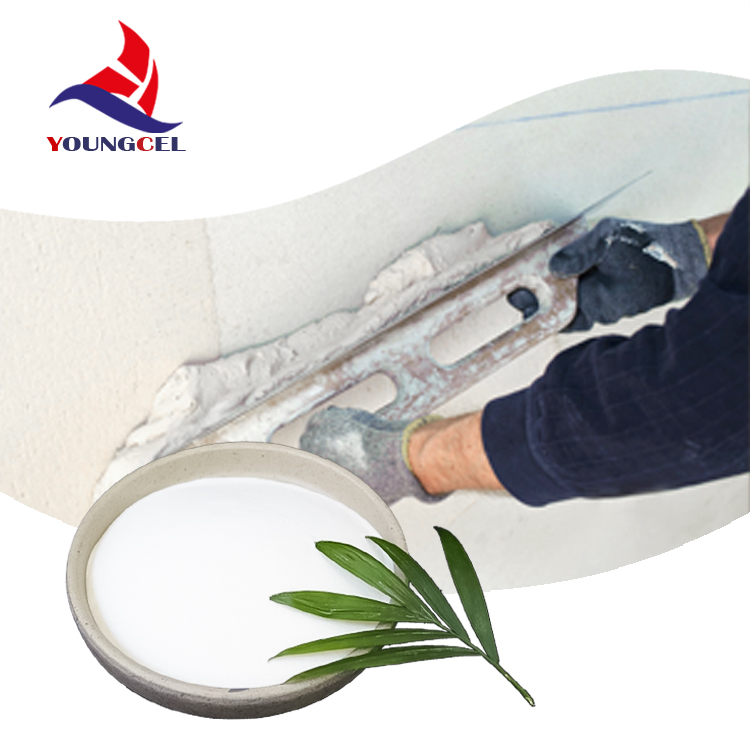Understanding Hydroxypropyl Cellulose (HPC) Pricing Dynamics
Hydroxypropyl cellulose (HPC) is a versatile cellulose derivative that has found applications in various industries, including pharmaceuticals, cosmetics, food, and construction. As a product derived from cellulose, which is obtained from natural plant sources, HPC retains many of the beneficial properties of cellulose while also exhibiting unique characteristics due to the modification process. This article explores the pricing dynamics of hydroxypropyl cellulose, examining the factors influencing its cost and its implications for various sectors.
Overview of Hydroxypropyl Cellulose
HPC is widely appreciated for its water-solubility, film-forming, thickening, and stabilizing properties. It is often used as an excipient in drug formulations, where it helps in the controlled release of active ingredients. In cosmetics and personal care products, HPC acts as a thickener and improves the texture of creams and lotions. The food industry utilizes HPC as a food additive, while in construction, it serves as a binder and water-retaining agent in various formulations.
Factors Influencing HPC Prices
1. Raw Material Availability The primary raw material for the production of hydroxypropyl cellulose is cellulose, which is obtained from wood pulp and other plant sources. Fluctuations in the availability of these raw materials due to environmental factors, deforestation policies, or changes in agricultural practices can directly impact HPC pricing. Additionally, the cost of cellulose production is influenced by global market trends and supply chain logistics.
2. Production Process and Technology The manufacturing process of hydroxypropyl cellulose involves complex chemical reactions and the use of specific solvents and catalysts. Technological advancements can lead to increased production efficiency, potentially lowering costs. Conversely, outdated methods or disruptions in the production process can raise prices.
3. Market Demand HPC's demand fluctuates based on trends in the industries it serves. The pharmaceutical sector, for instance, has seen an increase in demand for reliable excipients as drug formulations become more complex. Similarly, the growing trend towards natural and organic products in cosmetics and food has driven up the demand for high-quality HPC. When demand outstrips supply, prices are likely to rise.
hydroxypropyl cellulos price

4. Regulatory Factors Hydroxypropyl cellulose is subject to various regulatory approvals, especially in the food and pharmaceutical sectors. Changes in regulations or the introduction of new compliance requirements can impact production costs, which in turn affect pricing.
5. Global Economic Conditions Economic fluctuations, trade policies, and geopolitical tensions can have far-reaching effects on the pricing of chemical products, including HPC. For instance, tariffs on raw materials or trade restrictions may increase production costs, which would be passed on to consumers in the form of higher prices.
Implications of Pricing on Industries
For industries relying on hydroxypropyl cellulose, understanding the pricing dynamics is crucial. Manufacturers must account for HPC costs when budgeting for product development and pricing strategies. Increased HPC prices can lead to a ripple effect across supply chains, pushing companies to seek alternative solutions or reformulate products.
On the consumer side, higher production costs may ultimately lead to increased prices for end-products, particularly in sensitive sectors like healthcare, where patients may face higher costs for medications. Therefore, businesses and consumers alike need to stay informed about HPC market trends to make strategic decisions.
Conclusion
Hydroxypropyl cellulose is a critical component in numerous applications across various industries. Its pricing is influenced by a multitude of factors, including raw material availability, production processes, market demand, regulatory changes, and global economic conditions. As industries continue to evolve, understanding these dynamics will be crucial for companies looking to navigate the complex landscape of hydroxypropyl cellulose pricing. By staying informed, businesses can better prepare for market fluctuations and maintain competitiveness in a rapidly changing environment.
-
Premium Detergent Grade HPMC Hydroxypropyl Methylcellulose: Superior Thickening & StabilityNewsAug.31,2025
-
HEC 100000 Hydroxyethylcellulose for Paint | Superior ThickeningNewsAug.30,2025
-
Wall Putty Rdp Powder Packaging DesignNewsAug.29,2025
-
Introduction to Hpmc Hydroxypropyl Methyl CellulosNewsAug.29,2025
-
Hpmc Industri Grade IntegrationNewsAug.29,2025
-
How to Choose the Right Construction AdhesiveNewsAug.29,2025




